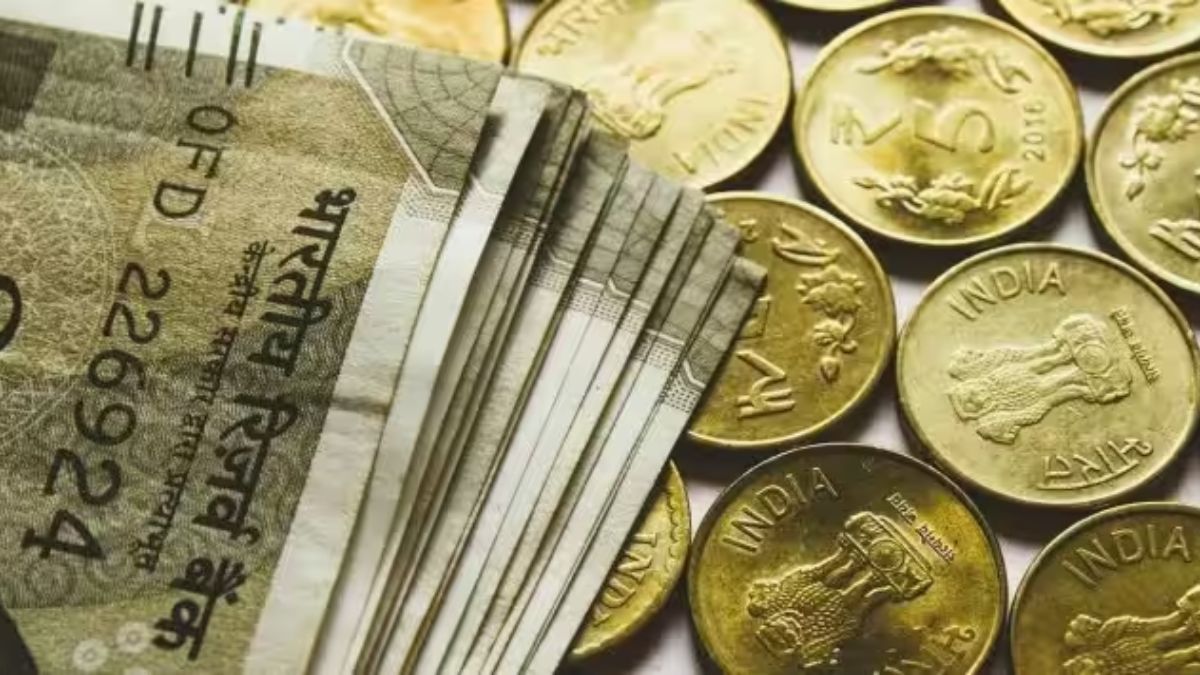After hitting a high of Rs 65,000 per quintal in the month of October, cumin (jeera) prices have continuously been on a downward trail. Currently the popular spice is being traded around Rs 37,000 per quintal. It is expected that the price for cumin will go further down in coming months and will stabilize at around Rs 30,000 per quintal.
Dinesh Patel, Chairman, Agricultural Produce Market Committee (APMC) Unjha, world’s largest cumin market, said, “Approximately 90% of the produce was brought to market well before July 2023. Because of this, the cumin price went up to Rs 65,000 per quintal. But later on China with a production of around 30,000 metric tonnes last year, exported approx 600 to 700 containers of cumin ( 2.5 lakh to 3 lakh bags of 55 kg each) to India which resulted in this significant price drop. The decision to export to India was taken to encash on the comparative price advantage in Indian markets.”
It should be mentioned that India is the largest supplier of cumin seeds in the world. Rajasthan and Gujarat are the largest cumin producing states in India and all the trading for the cumin produced from these states is facilitated by APMC Unjha, Gujarat.
Patel further said, “The prevailing high prices this year may mean that farmers will not agree to bring their produce to the market at a lower price and the export of cumin will witness corresponding growth compared to the export of around 20 lakh bags this year. Apart from that a lot will depend on weather conditions as it is the main determinant for the cumin producing areas in Gujarat and Rajasthan.”
“Usually the newly harvested cumin produce starts to enter the market around the last week of February. This year, we expect that comparatively more farmers will hold their produce in the expectations of having a good price. Some farmers will sell their produce due the festivities of Ramzan. This may bring the prices to the level of Rs 30,000 per quintal and it is expected to stabilize around there for some time after which it may start appreciating”, added Patel.
On the problem of rampant adulteration of cumin seeds with fennel seeds, Patel said that nearly 4X price difference between both seeds make adulteration lucrative for some miscreants but it does not exceed more than 2% of the market and it is practiced in more price sensitive markets.”




